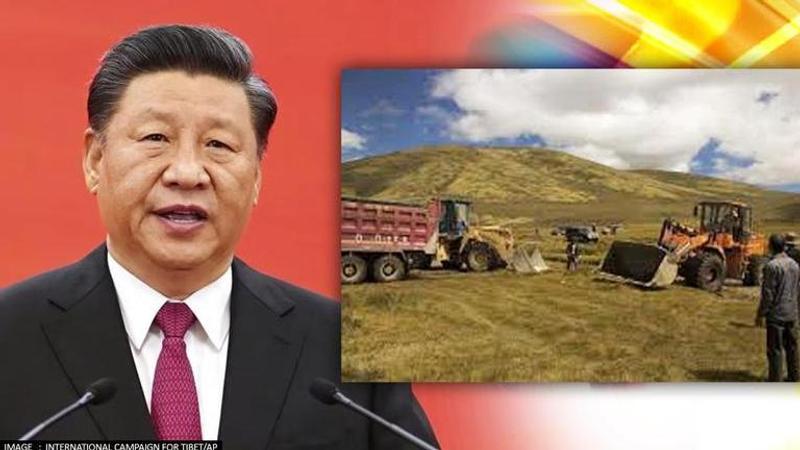Published 17:48 IST, October 21st 2021
China forcing Tibetan tribesmen to surrender their lands: Report
Chinese authorities in Qinghai province are forcing Tibetian nomads to sign an agreement to transfer the proprietorship of their traditional lands.

Chinese authorities in Qinghai province are forcing Tibetian nomads to sign an agreement to transfer the proprietorship of their traditional lands to the government, as reported by RFA’s Tibetian services. Located in the country’s southwest, Qinghai encompasses the high-altitude Tibetan Plateau, which is home to hundreds of thousands of Tibetan nomads. While Beijing had allowed the tribals to reside on the sliver of land for more than 50 years, it is now reclaiming these lands by revoking permits.
It is pertinent to note that Bejing has long been using different methods to end Tibet’s autonomy. In its latest measure, it communist administration has restricted the tribal nomads from accessing their traditional grazing lands. According to a report by Radio Free Asia, Chinese officials have revoked usage permission in the nomadic region of Trindu county in Kyegudo and have confiscated lands from several Tibetian tribesmen.
Tibetans have staunchly opposed the Chinese move labeling it as a ploy to exploit Tibet’s natural resources. Speaking to RFA, a local opined that the main purpose behind the seizure of lands is to coerce Tibetians to relocate to cities. Notably, in August, a Tibetian community leader and his nephew tried to foil the move by advising residents against signing off their lands to the Chinese. However, they were both detained by the Chinese law enforcers.
Chinese invasion of Tibet
Beijing annexed Tibet in 1951 and since then claims it to be a part of its territory. Eight years later, Tibetans and Chinese soldiers clashed violently. Following a failed revolt against Chinese sovereignty, the 14th Dalai Lama escaped to India. Tensin Gyatso was the most prominent Buddhist leader, also called the Dalai Lama, who fled China and set up the government-in-exile in Dharamshala, India. The oppression continued for over eight years until the Tibetans, aiming to overthrow the Chinese, initiated a full-swing civil uprising.
In 1960, the 14th Dalai Lama, with the help of more than 100,000 Tibetans, established the Tibetan Government-in-exile, headquartered in Dharmshala, Himachal Pradesh. At present, more than 10,000 Tibetans are living across Dharamshala while roughly 1,60,000 from the community live in exile across the world.
Image: AP/International Campaign For Tibet
(With inputs from ANI)
Updated 17:48 IST, October 21st 2021




